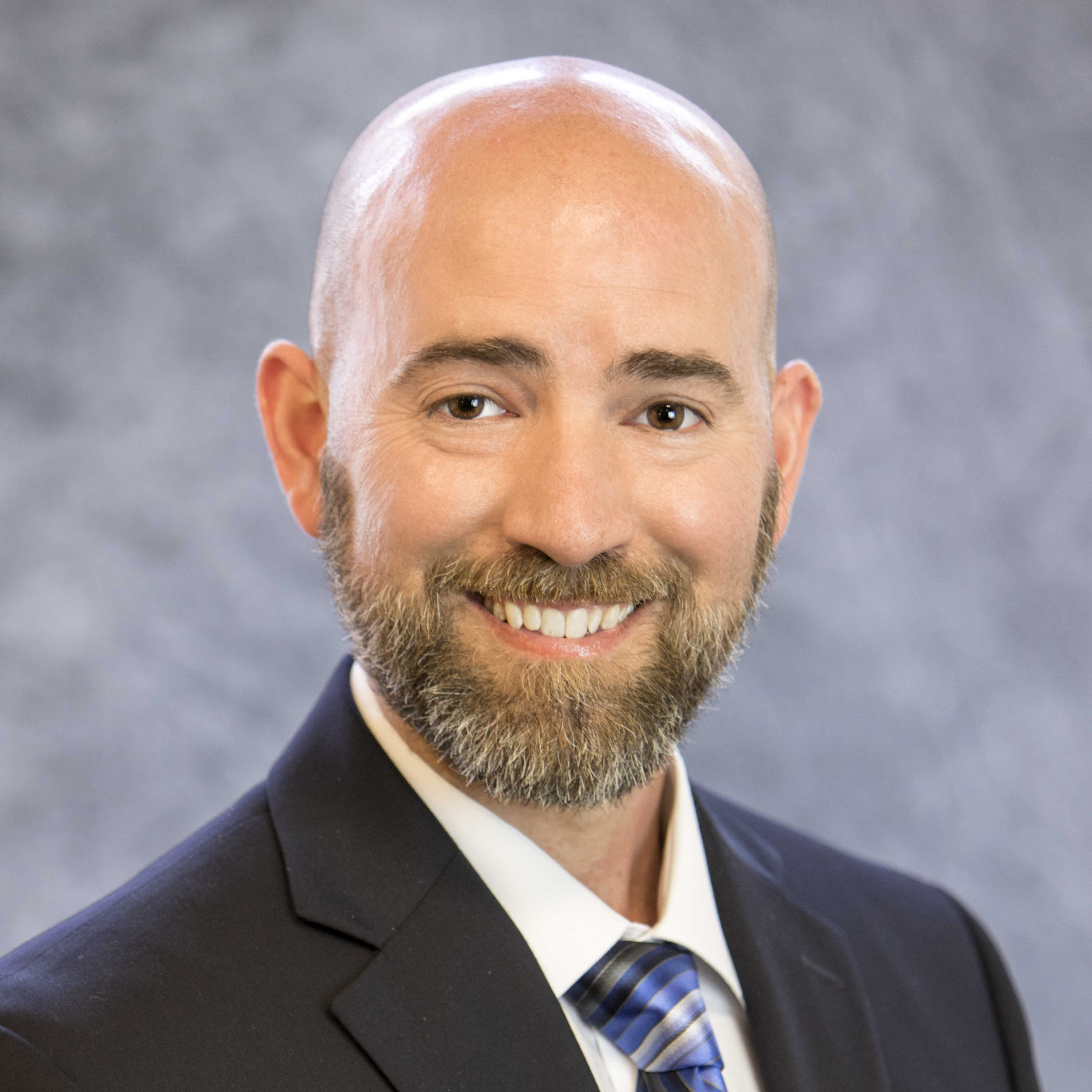We need to change the way we elect our Supreme Court justices
This Opinion/Editorial was featured in Daily Sun News on November 19, 2014.
When the 2014 election is certified, only one of the nine justices on the Washington State Supreme Court will be from Eastern Washington, Justice Debra Stephens.
Had she not won her election, all of the state’s Supreme Court justices would be from the Puget Sound region.
When a vacancy recently came open on the court, several newspapers called on Gov. Jay Inslee to bring more regional balance to the court and select a justice from Eastern Washington. Instead, he appointed Justice Mary Yu from King County.
In recent years, any Supreme Court justices from Eastern Washington have gotten their start on the Court via an appointment. Justice Stephens was appointed by Gov. Chris Gregoire, and the last justice prior to her, Justice Richard P. Guy was appointed by Gov. Booth Gardner.
Under the current system, all of the state Supreme Court justices are elected statewide. This increases the costs of these races and realistically means that most challengers hail from the Puget Sound.
Is this the best way to provide geographic and cultural sensitivity on the state Supreme Court?
Another approach would be to elect the state Supreme Court based on broad regional districts, like Tennessee and Louisiana do. Washington could base the districts on the state’s current three appellate divisions.
People living in each district would then elect three justices from within the boundaries of the district. This would mean that Eastern Washington would have three justices while Western Washington would have the remaining six, which roughly reflects the population distribution in our state.
This would provide more geographic diversity and allow for more targeted races to help reduce the cost of running, while providing candidates more time to focus on voter outreach, debates and forums within the boundary of their district.
Electing justices by district even when population isn’t exactly equally distributed has been upheld by the U.S. Supreme Court as a constitutional way to elect judges.
Under this type of change, each division would be allocated three positions for Supreme Court justice candidates that reside within those districts to run for. Making the switch to district-based elections would require a constitutional amendment since under Article 4, Section 3 of the state Constitution, justices are to be elected at-large statewide.
As noted by Gov. Gregoire when she appointed Stephens:
“She is the first person from Division 3 to be elevated to the high court. I’m pleased that such an outstanding person as Judge Stephens also happens to be from Eastern Washington, which brings geographic diversity to the court . . . the last justice from Eastern Washington to serve on this high court was Justice Richard Guy, who retired in the year 2000. An appointment from Eastern Washington really fundamentally lets our citizens know that we are one Washington and that people in Eastern Washington are represented on this court as well. So to them I say your geographic diversity is now well represented on this court.”
Gregoire also told the Seattle Times:
“People in Eastern Washington feel that there ought to be some representation on the high court.”
Former Supreme Court Justice Guy agreed:
“It is very important that the Washington State Supreme Court have the diversity of viewpoint that a justice from Eastern Washington brings to the bench. Important issues, including water rights, land development and the clean-up of Hanford, come before the court. Issues arising in employment and business cases require an understanding of the unique types of business activities that make the eastern part of our state great.”
By changing the way we elect Supreme Court justices to district-based election we work toward a court that is truly reflective of “One Washington” and not just the Puget Sound, while also facilitating more choices for voters, fewer cost barriers to running and increasing the opportunity for voter engagement.
As noted by former State Supreme Court Justice Jim Johnson, it is important that the votes needed for electing our Supreme Court justices extend beyond the shadow of the Space Needle.
Download a PDF of this Opinion/Editorial here.



